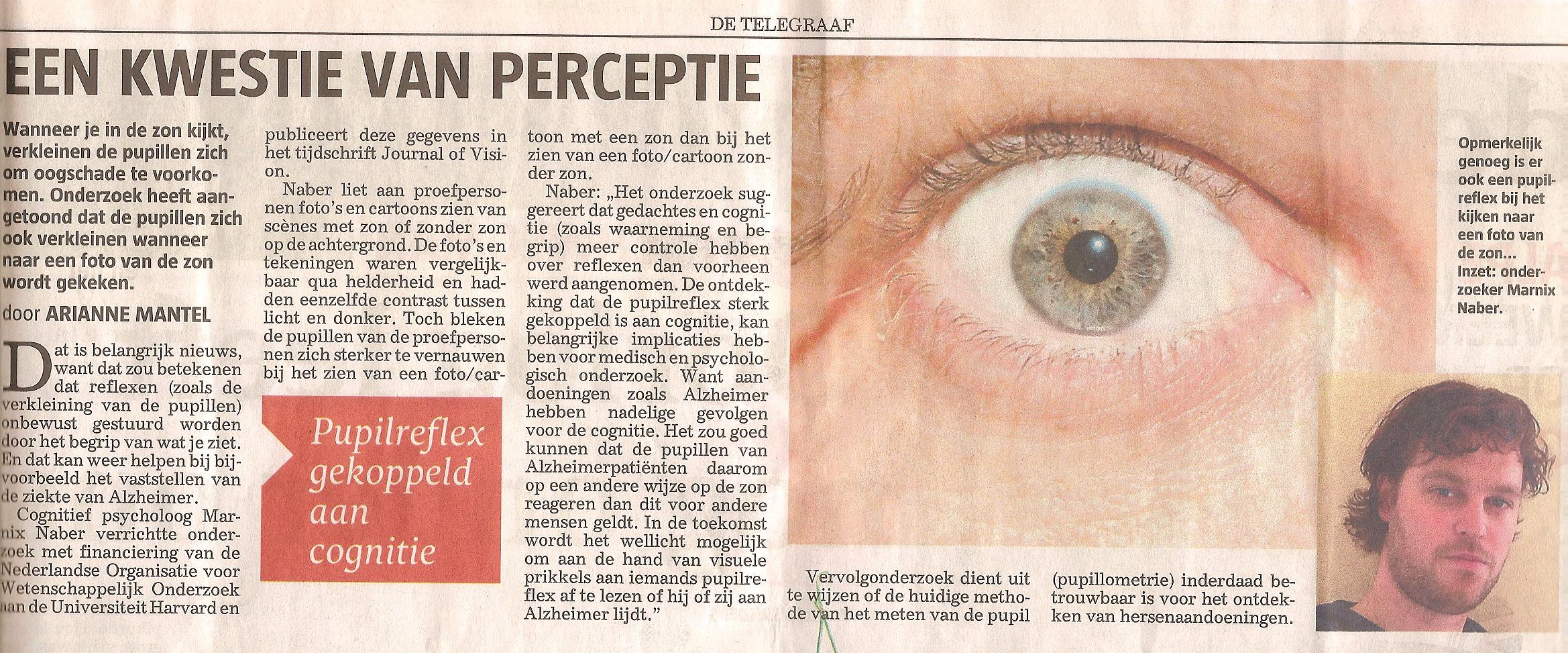





The aim of the Psychophysiology of Perception laboratory is twofold:
(1) to conduct scientific experiments to learn about perception and psychophysiology. This includes
(i) learning about perception using physiological (including neuroscientific) measures,
(ii) learning about biological and neuroscientific mechanisms underlying psychophysiological
responses, and
(iii) learning about how mental processes are reflected in physiological responses.
(2) to conduct valorisation studies in practice to utilize scientific knowledge for society in
general, governments, education, and commercial businesses. This includes
(i) reading a person's mental perceptions, states, thoughts, and intentions with physiological
measures,
(ii) finding biomarkers for mental and physical abnormalities,
(iii) applying biofeedback to improve motor behavior, cognitive skills, and physical well-being.
The "Psychophysiology of Perception Lab" is active in the fields of visual perception, consciousness, attention, visual neuroscience, ophthalmology, motor coordination, pupillometry, (remote) photoplethysmography, cardiography, and behavior research.
Our lab is also active in human recruitment, human resources, media, education, marketing, and health care.
We apply a large variety of methods, borrowed from many different disciplines, including quantitative psychophysics (reaction times and performance), qualitative questionnaires (IQ, etc.), gaze-tracking, pupillometry, heart rate (variability), ECG, food supplementation, EEG, TMS, and fMRI.
The material in the laboratory consists of multiple eye-trackers, industrial cameras, electroencephalograpy (EEG) setups, TMS setups, fMRI scanners (3-7T), and psychophysical settings.













